CBIC (Central Board of Indirect Tax and Customs) has issued Circular No.135/05/2020 stating Guidelines for refunds of Input Tax Credit under Section 54(3)
The Circular states that that the refund of accumulated ITC shall be restricted to the ITC as per those invoices, the details of which are uploaded by the supplier in FORM GSTR-1, and are reflected in the FORM GSTR-2A of the applicant.
This Article put light on certain facts that should be taken into consideration before validating the correctness of the aforesaid circular.
Firstly I would like to state relevant provision applicable to refund under GST
As per Section 54 of CGST Act, 2017
- Refund of unutilized ITC is available only in case of Zero-rated Supplies without payment of Tax;
- The procedure and documentation for refund are prescribed under Chapter X of CGST Rules, 2017
As per Section 16 of CGST Act, 2017
- ITC can be claimed if the following conditions are satisfied
- A registered person shall be in possession of Tax Invoice/debit Note or any other documentary evidence of such supply
- Goods or Services or both are received by such Registered person
- Tax charge in respect of such supply (Inward) is actually been paid to Govt. either in cash or credit
- Return is furnished under Section 39 of CGST Act, 2017 currently Form-3 is Not available so Form-GSTR-3B is dully filled
Preliminary Interpretation
Circular No.135/05/2020 states that Invoice not reflecting in GSTR—2A shall not be eligible refund. But the provision of the law states no such conditions, the requirement of claiming ITC doesn’t state that Invoices for Inward supply should be appearing in GSTR-2A, it simply states that the proof of valid ITC is documentary evidence, actual receipt of goods or services or both and depositing such tax with authorities. So even if the invoices are not reflected in GSTR-2A but the payment for such supply has been made then itself such ITC claimed is Eligible and refund for the same should be authorized by GST authorities
Now I would like you to focus on your attention on the Judgement passed by Hon’ble High Court in the case of Keshavji Ravji & Co. Etc. vs Commissioner Of Income Tax on 5 February 1990 stating below relevant pointers
- Circular cannot even impose on the tax prayer a burden higher than what the Act itself on a true interpretation envisages;
- The Board (CBDT) cannot pre-empt a judicial interpretation of the scope and ambit of a provision of the ‘Act’ by issuing circulars on the subject.
- The benefits of circulars to the assesses have been held to be permissible even though the circulars might have departed from the strict tenor of the statutory provision and mitigated the rigor of the law; and
- A circular shall not hold a binding effect in the interpretation of the provision of Act itself;
Closing Interpretation
Referring to the above judgment it can be said that Circular No.135/05/2020 is imposing a burden on taxpayers higher than what the Act itself on a true interpretation envisages. The conditions of Circular No.135/05/2020 imposed should be more relaxed and favorable for Exporters
I hope you find the same informative.
Best Regards





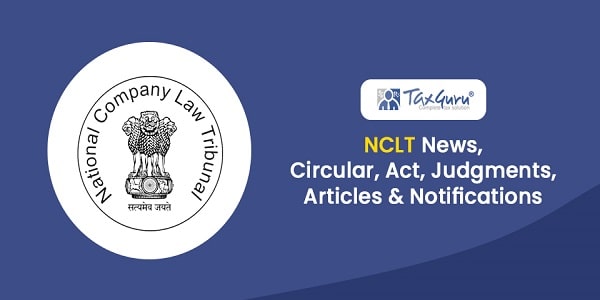
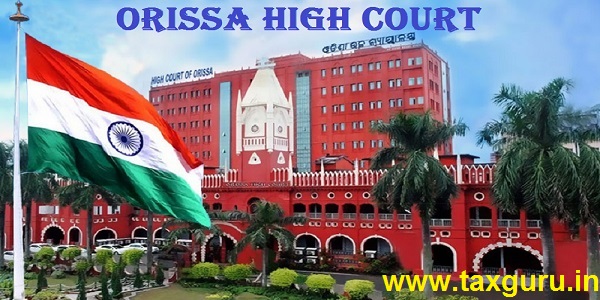
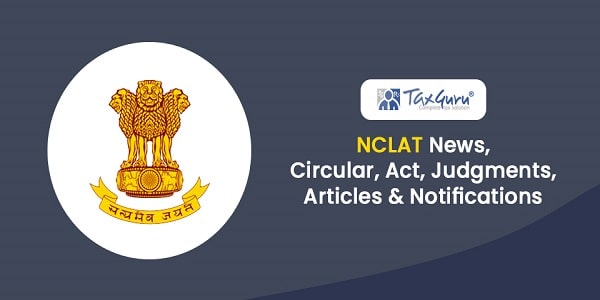
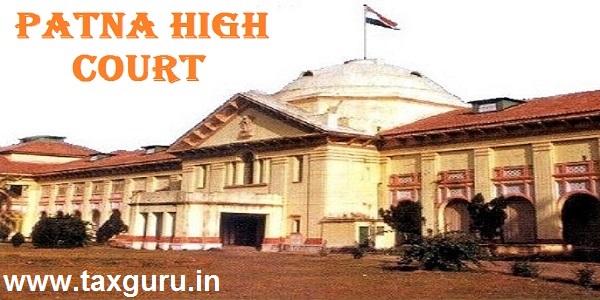
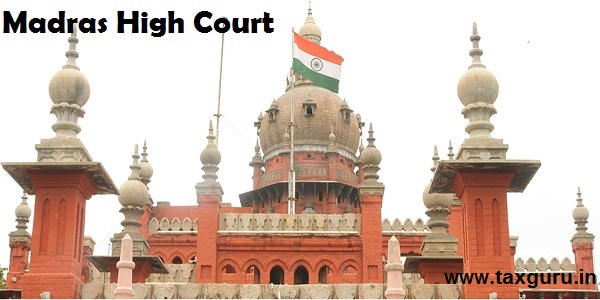





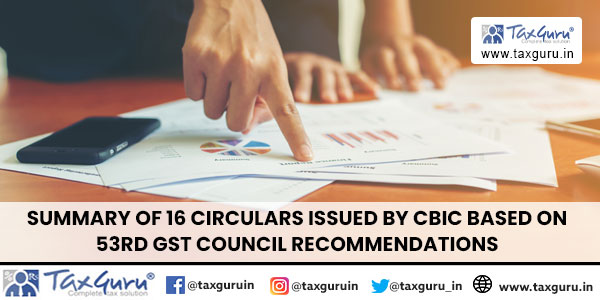

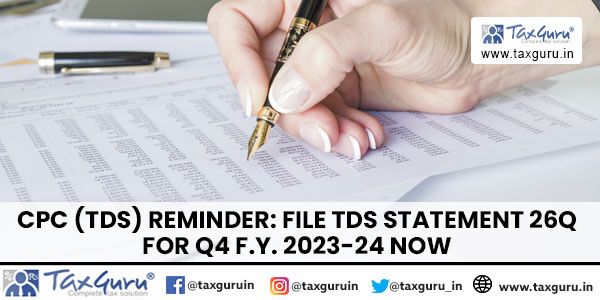

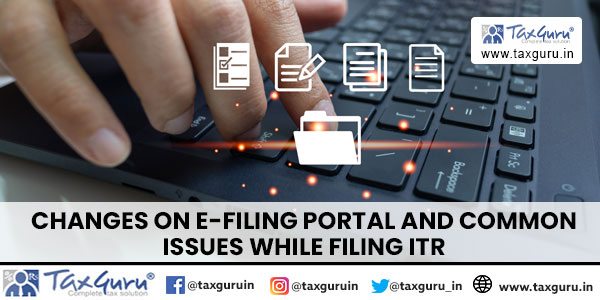
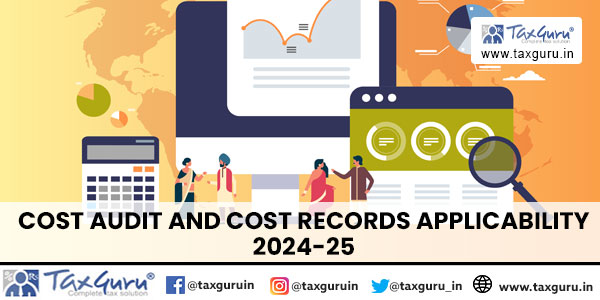









Good analytical article.